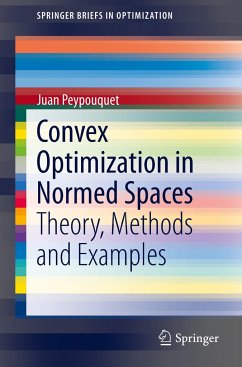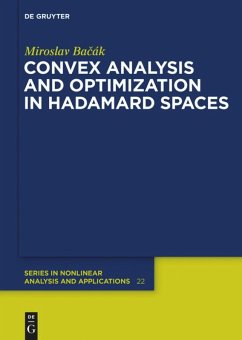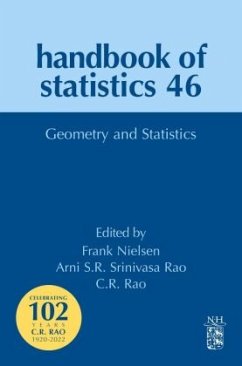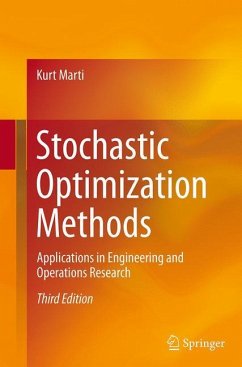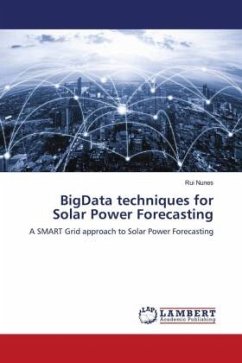
Distributed Methods for Convex Optimisation
Application to Cooperative Wireless Sensor Networks. Dissertationsschrift
Versandkostenfrei!
Versandfertig in 6-10 Tagen
19,95 €
inkl. MwSt.

PAYBACK Punkte
0 °P sammeln!
A main issue in wireless sensor networks is the efficient exploitation of the individual energy resources of the sensor nodes, which communicate with each other by means of energy-demanding wireless transmissions. To this end, it is essential to regulate and optimise the traffic of information cooperatively conveyed by the sensors across the networks. The central theme of the study is the problem of distributed allocation of information flows (routing) in wireless sensor networks. We are concerned, in particular, with a class of problems falling into the convex optimisation framework. Focus is...
A main issue in wireless sensor networks is the efficient exploitation of the individual energy resources of the sensor nodes, which communicate with each other by means of energy-demanding wireless transmissions. To this end, it is essential to regulate and optimise the traffic of information cooperatively conveyed by the sensors across the networks. The central theme of the study is the problem of distributed allocation of information flows (routing) in wireless sensor networks. We are concerned, in particular, with a class of problems falling into the convex optimisation framework. Focus is set on a family of iterative optimisation algorithms based on distributed implementations of the gradient projection method-an accepted optimisation technique known for its simplicity in principle and realisation. An accurate exploration of the global and asymptotic convergence properties is carried out for several variants of the method, with emphasis on the sequential or random implementations, for which synchronism between the sensors is not required. In a later part of the report, we address the optimisation of wireless sensor networks with time-varying properties, and consider this new problem within the stochastic optimisation framework. Our efforts are directed toward questioning the convergence, in time-varying environments, of some accepted optimisation methods for invariant networks, and more particularly of the distributed gradient projection algorithms studied in the earlier part of the report.



